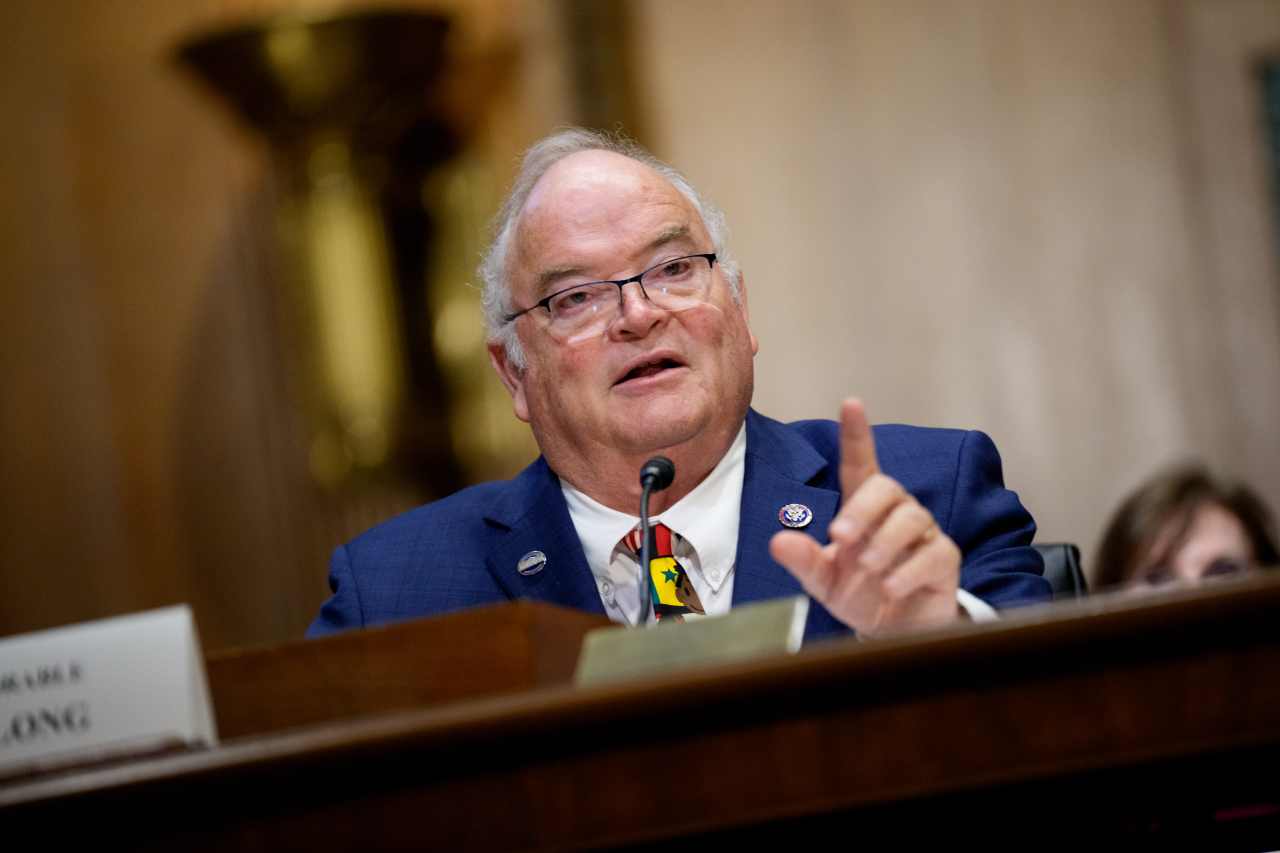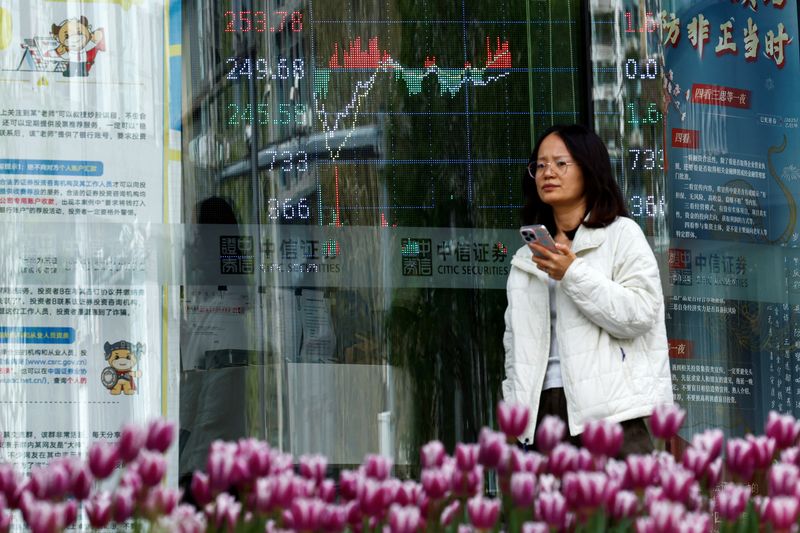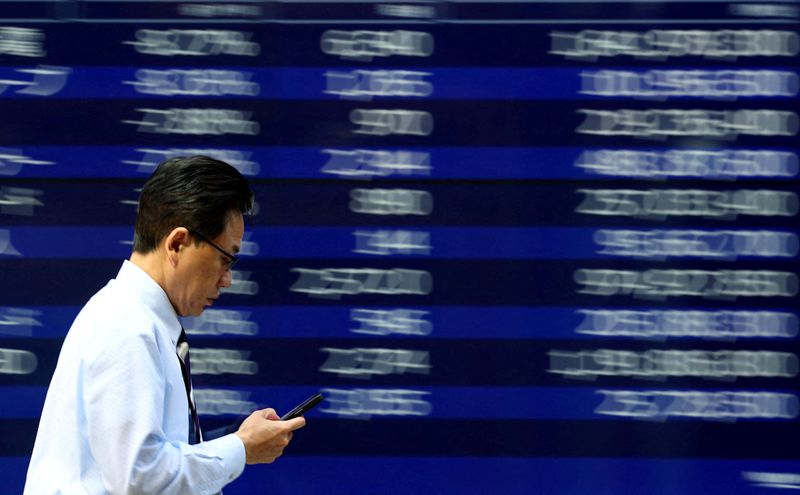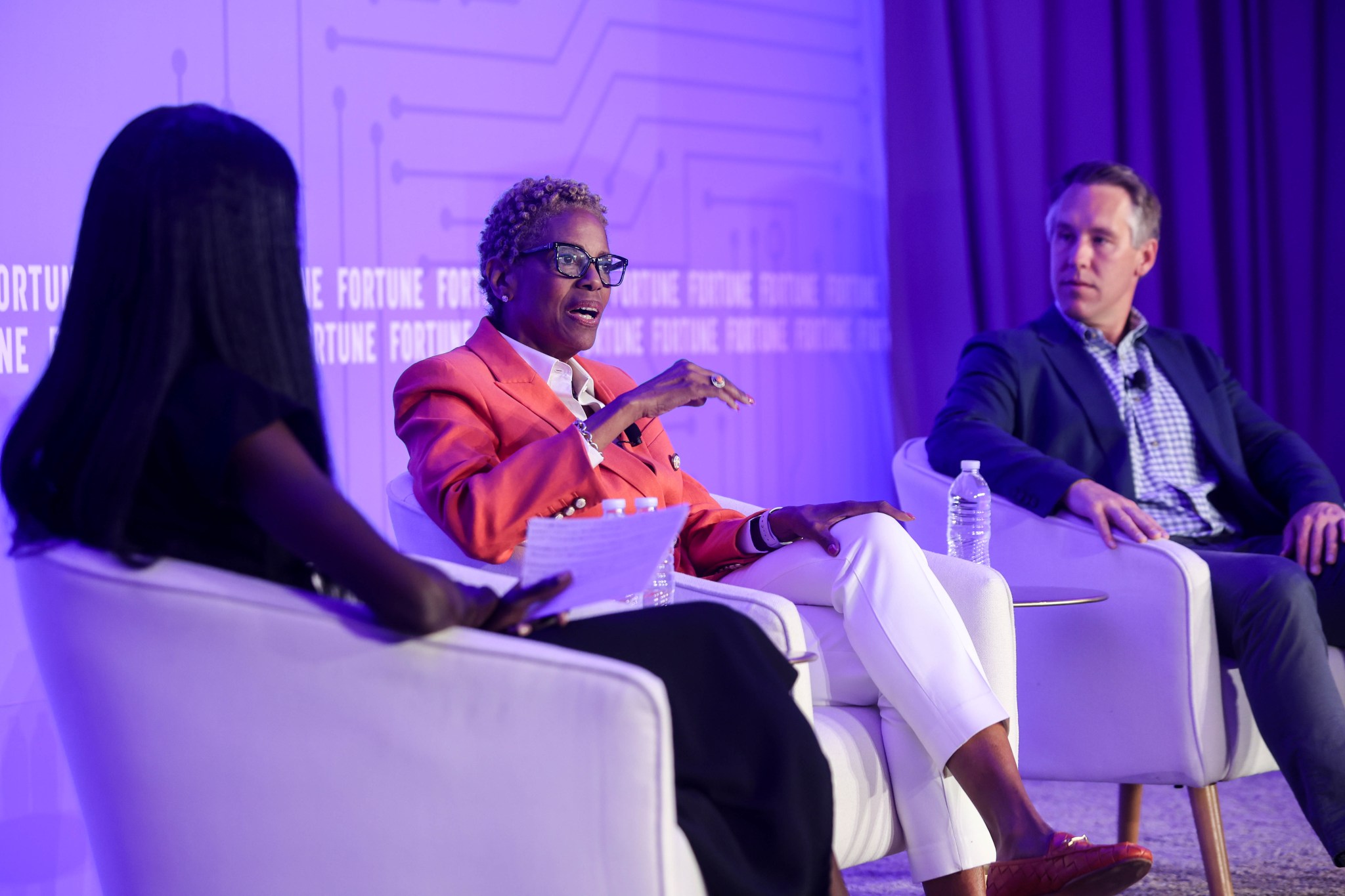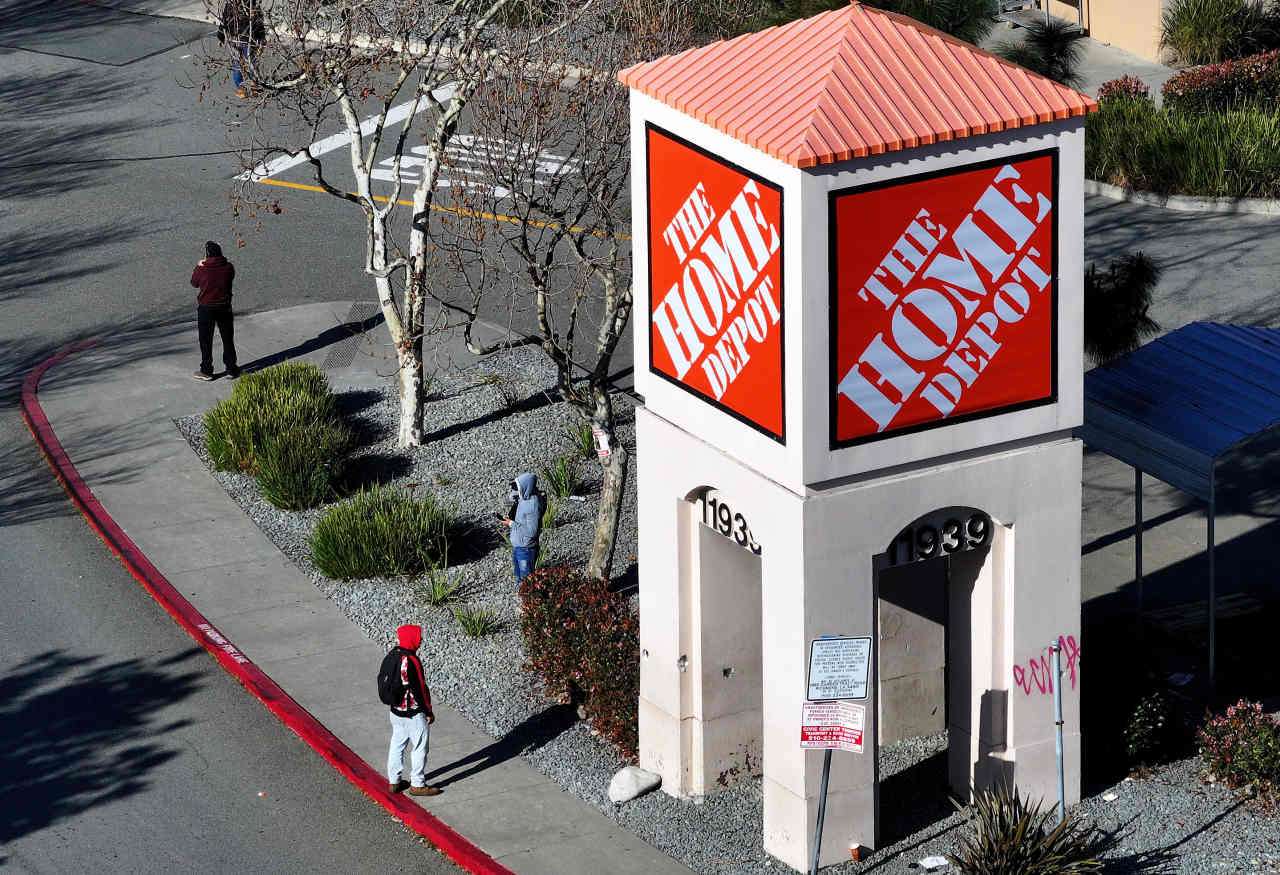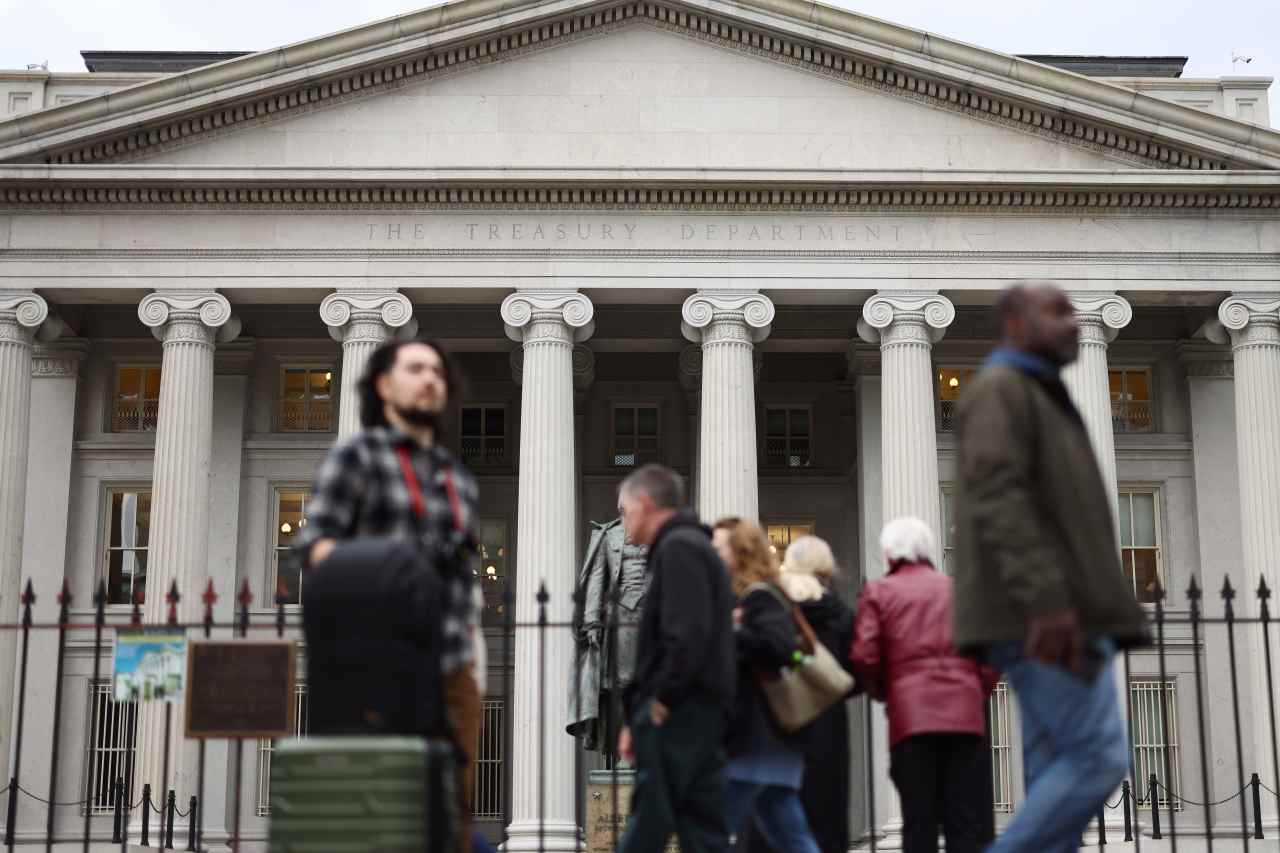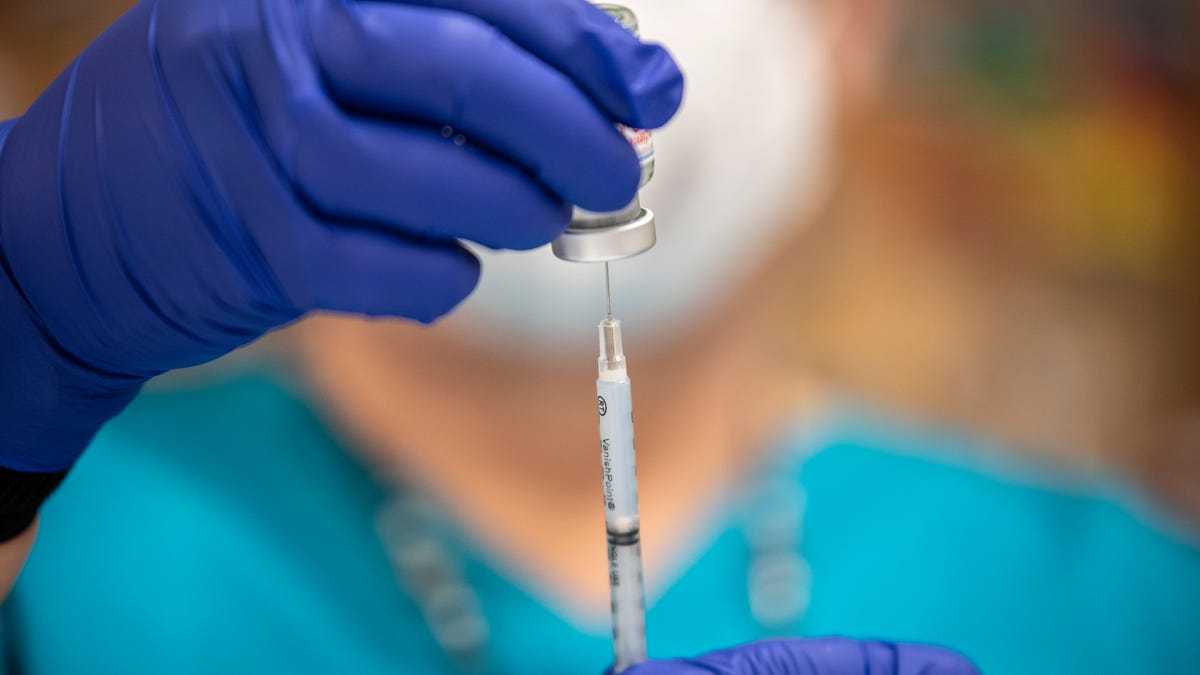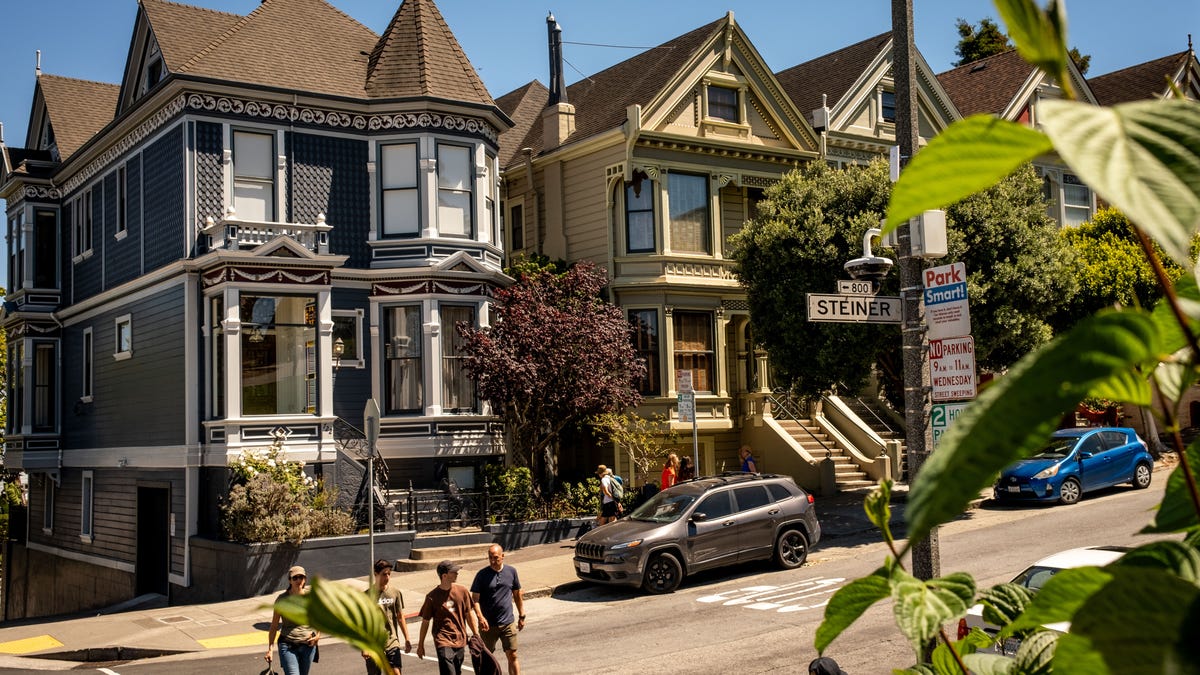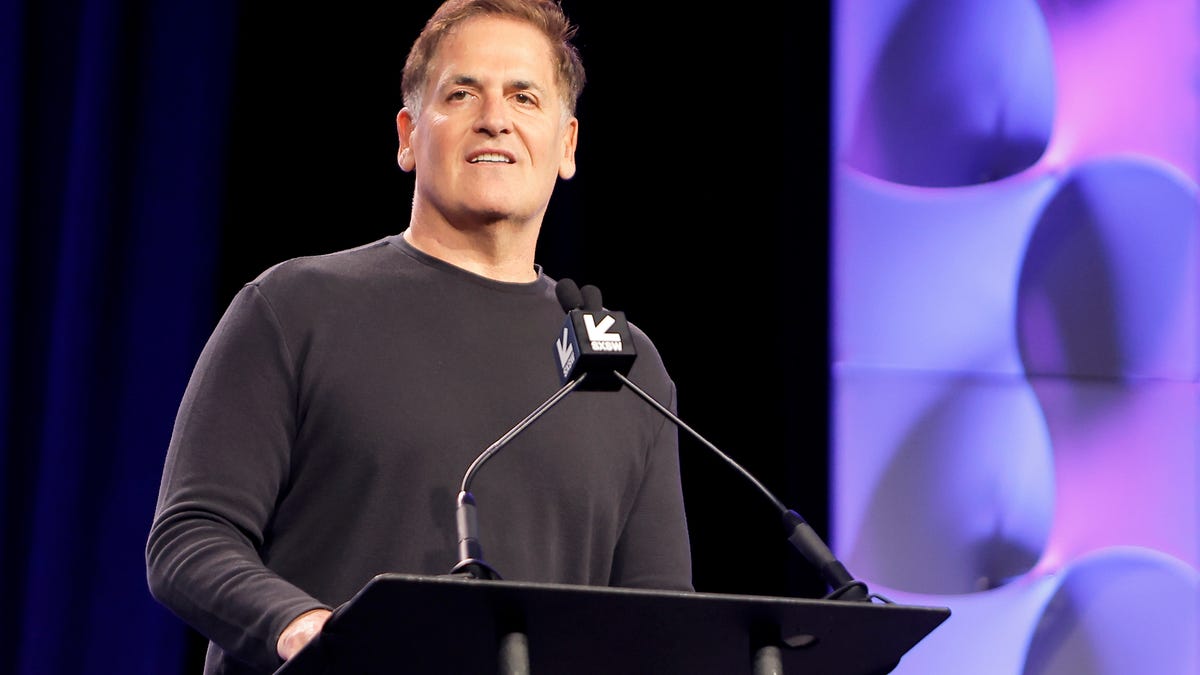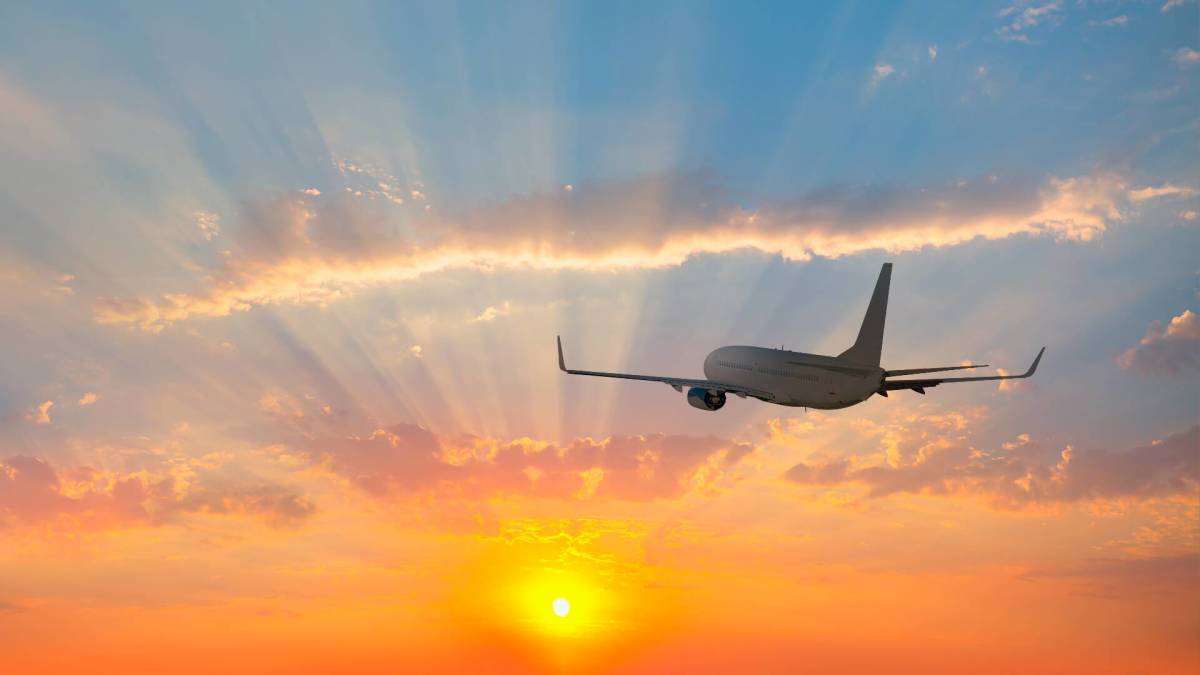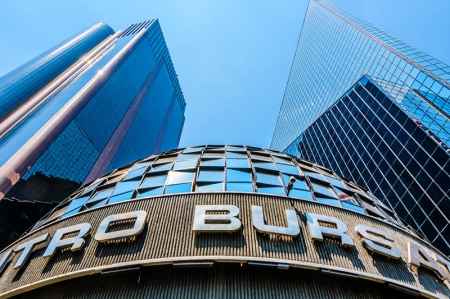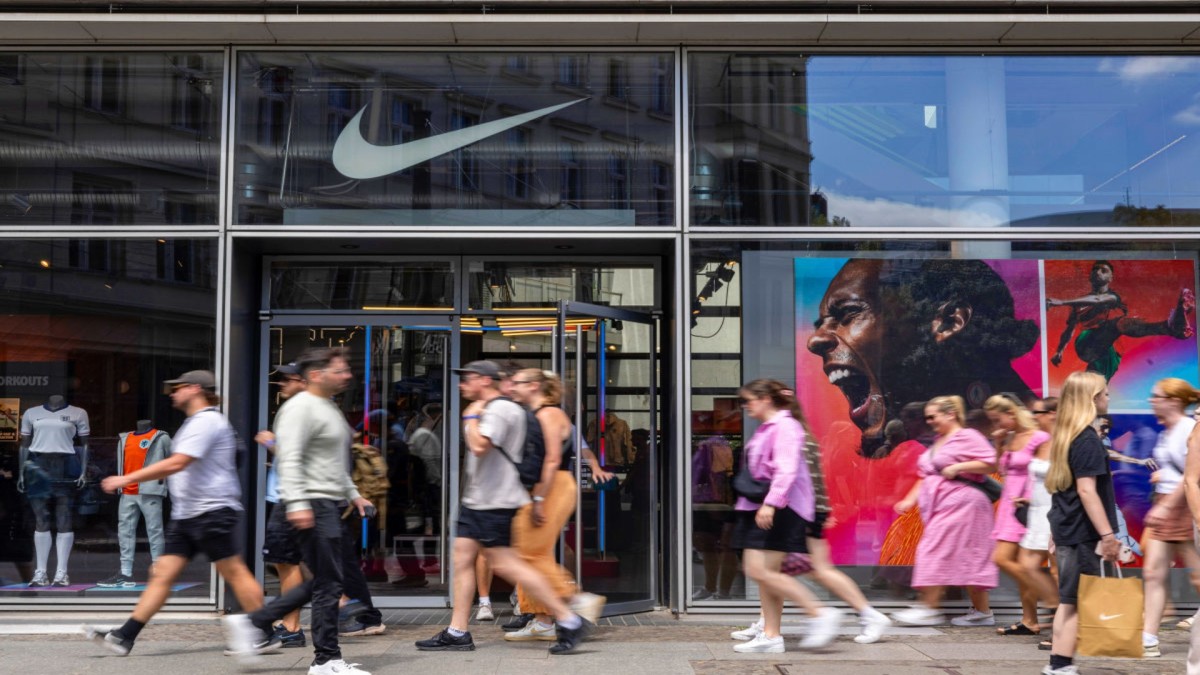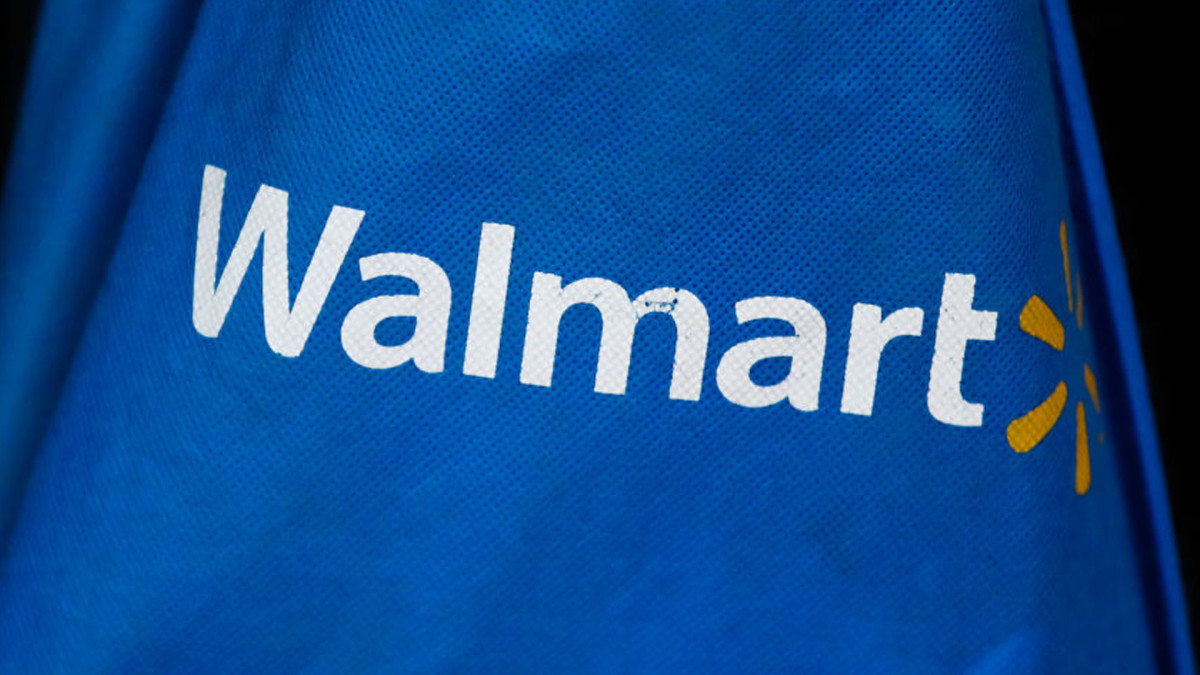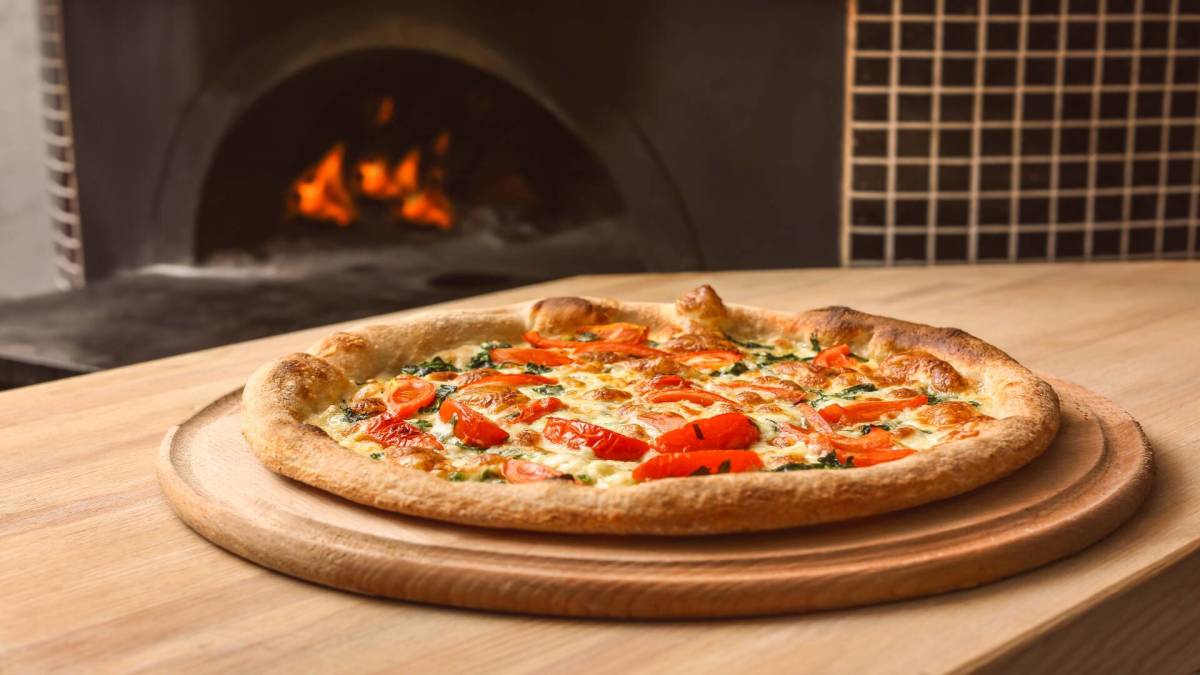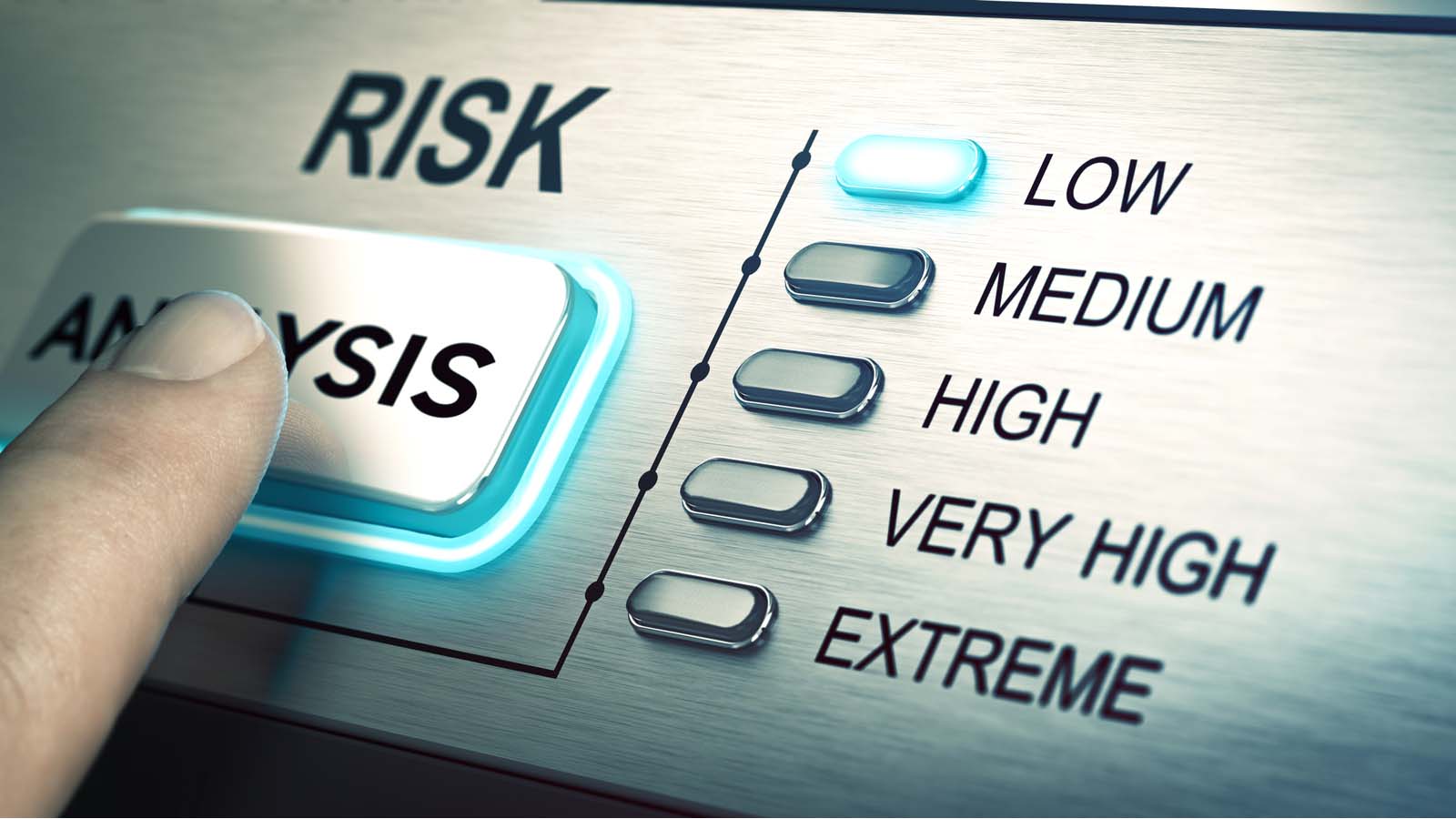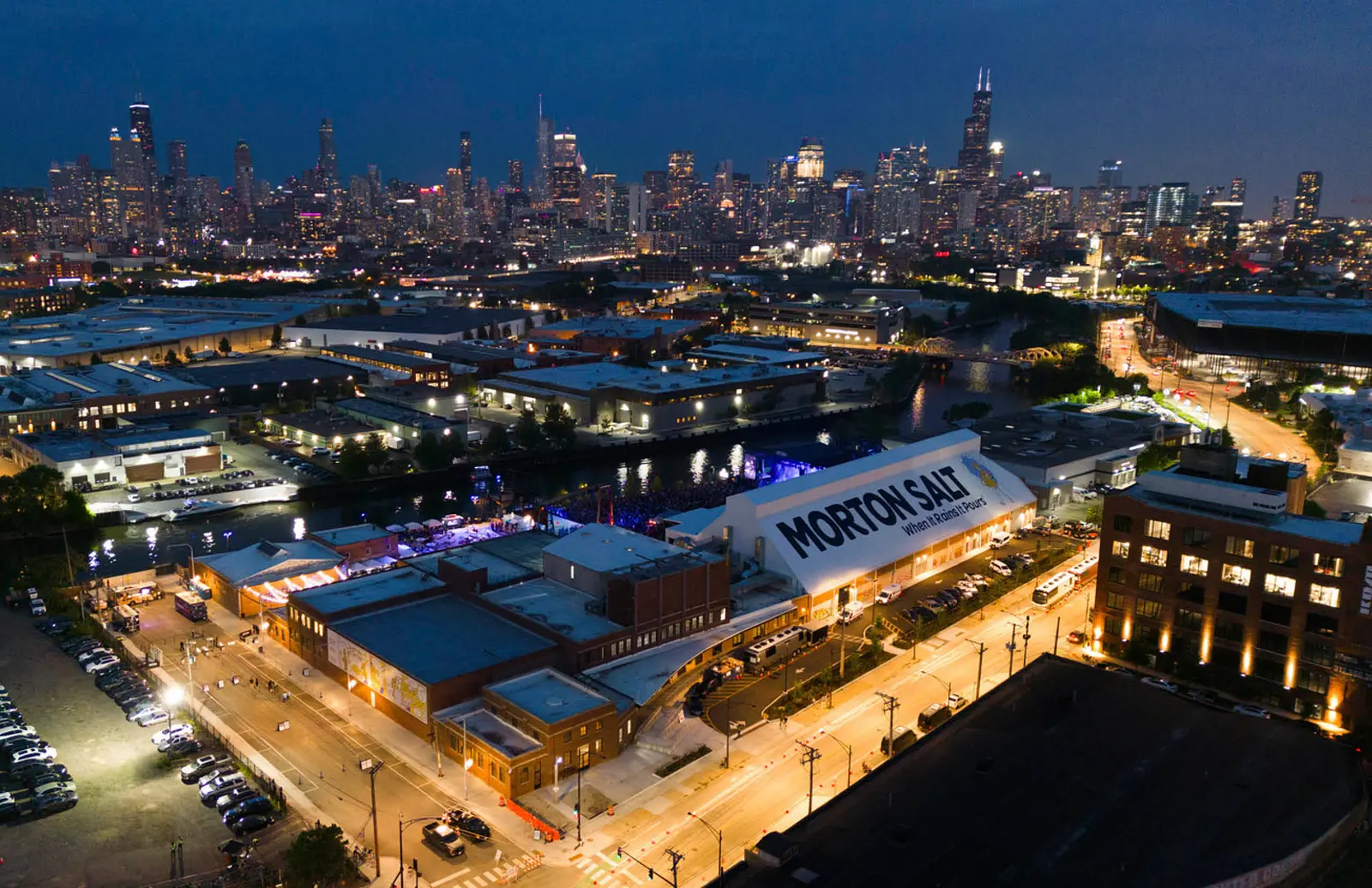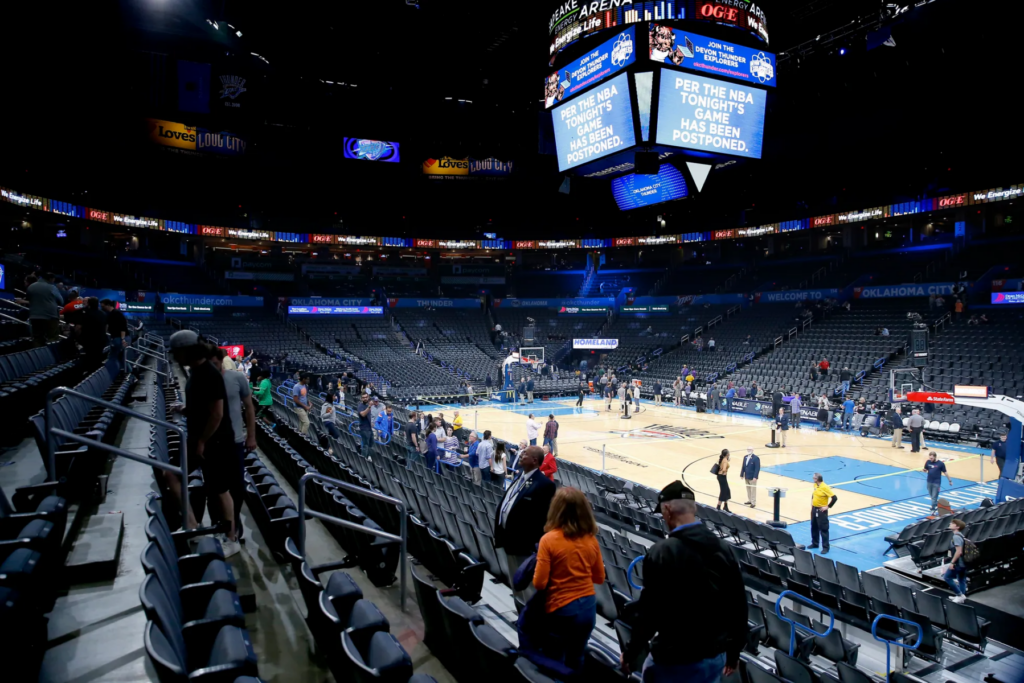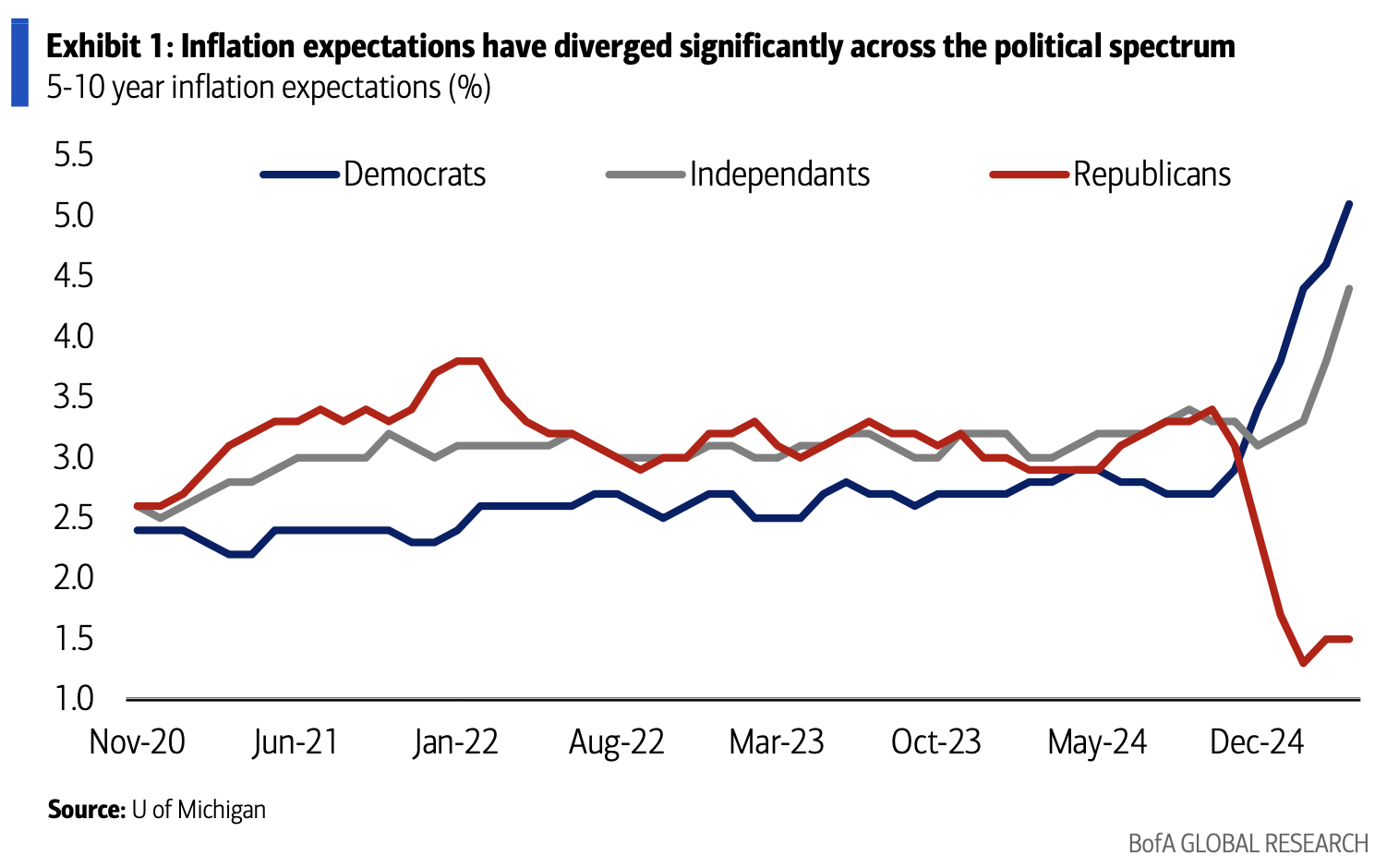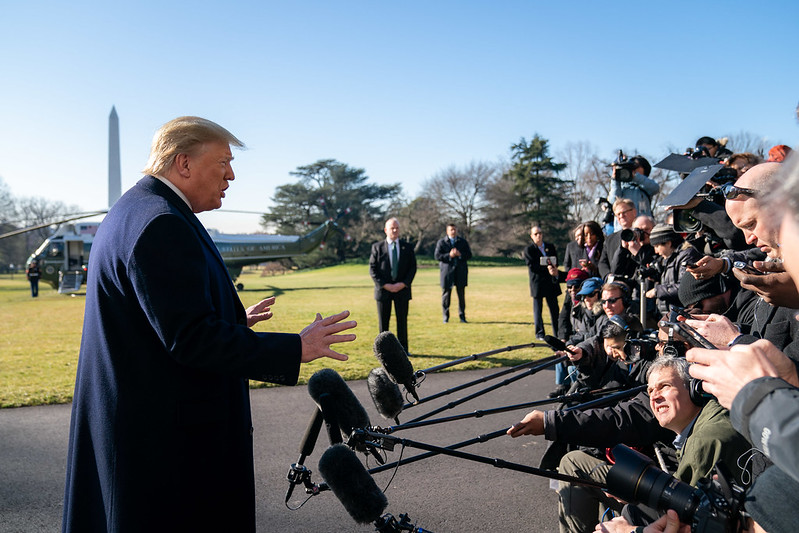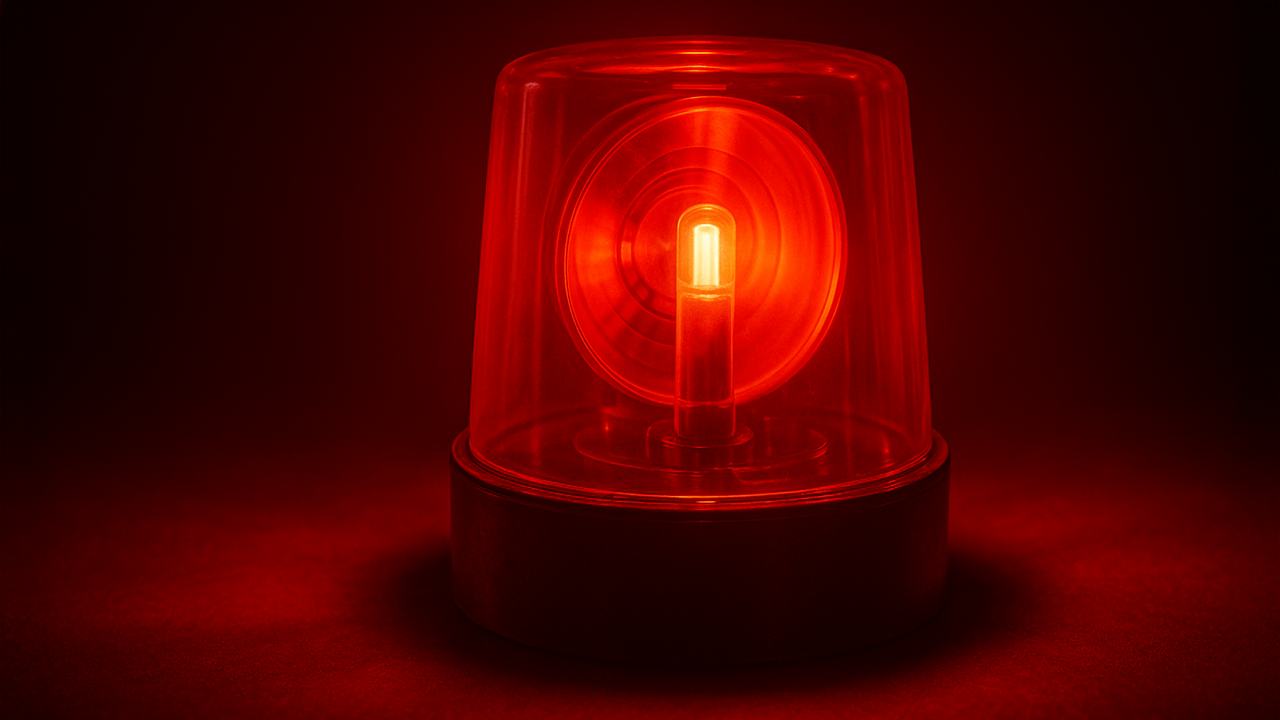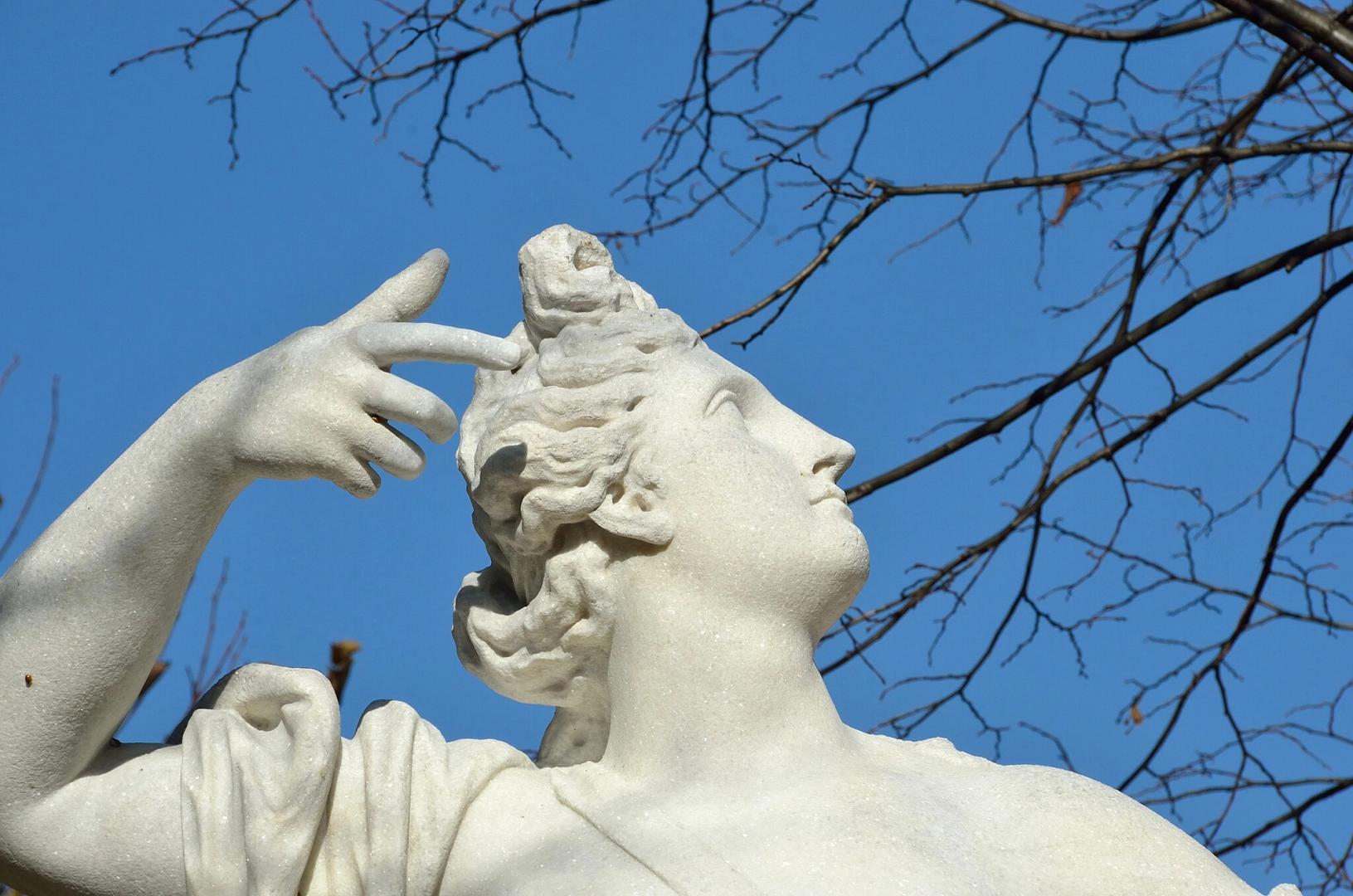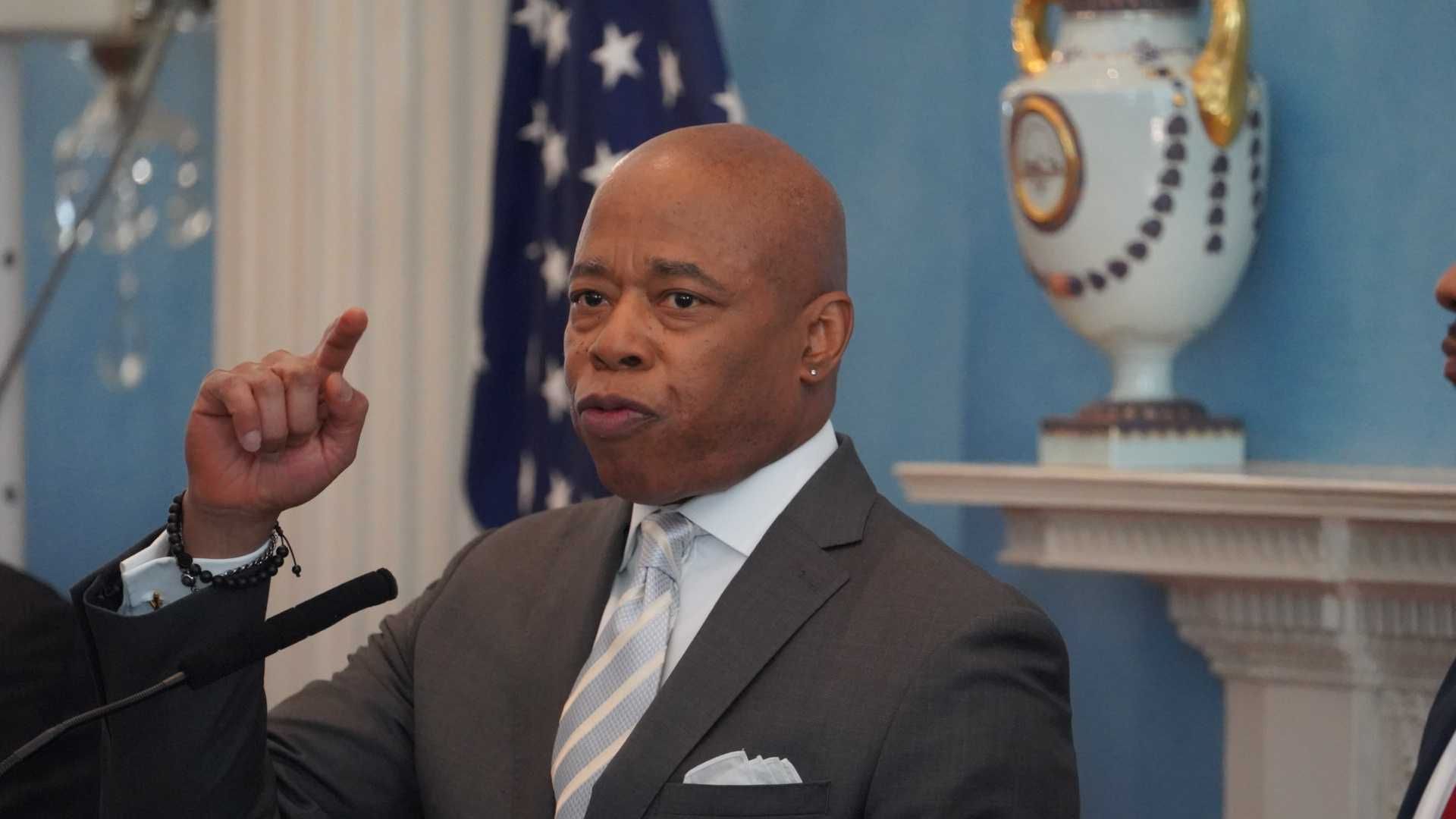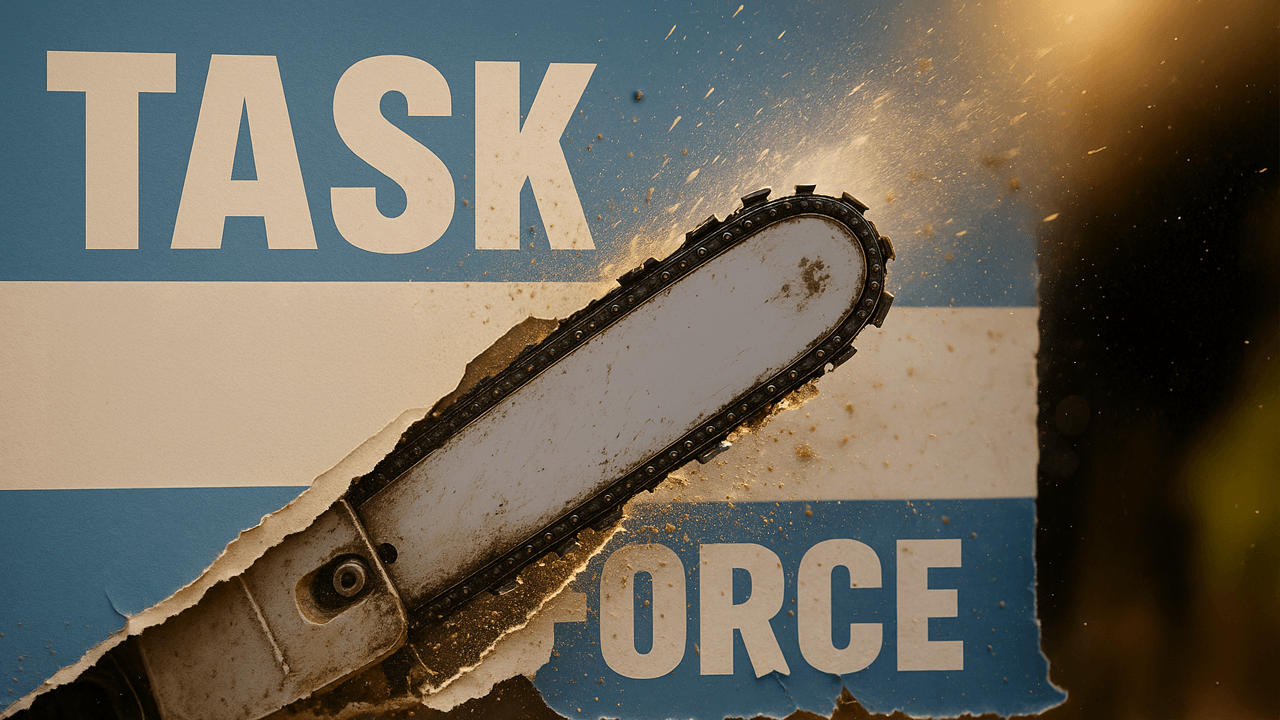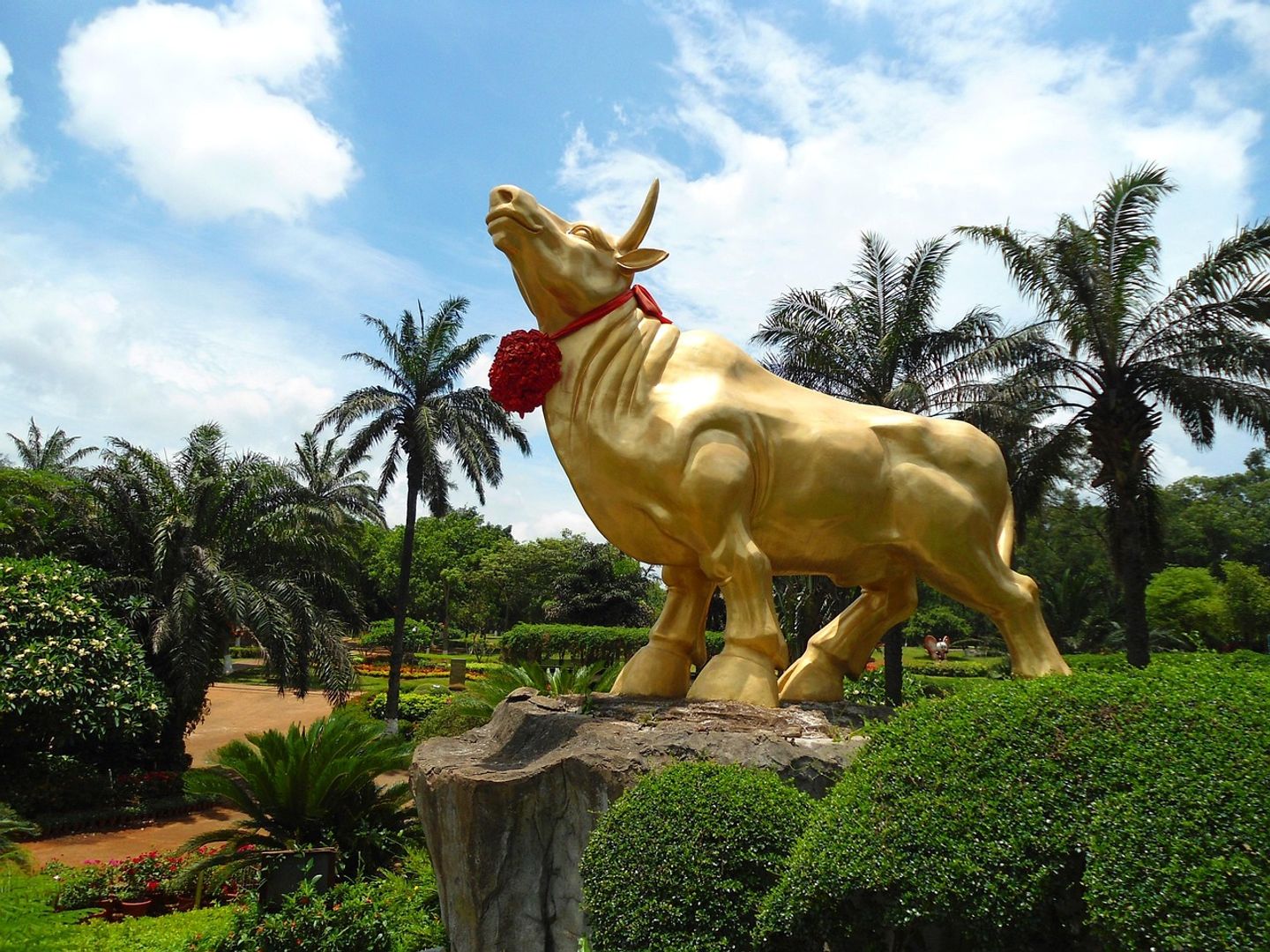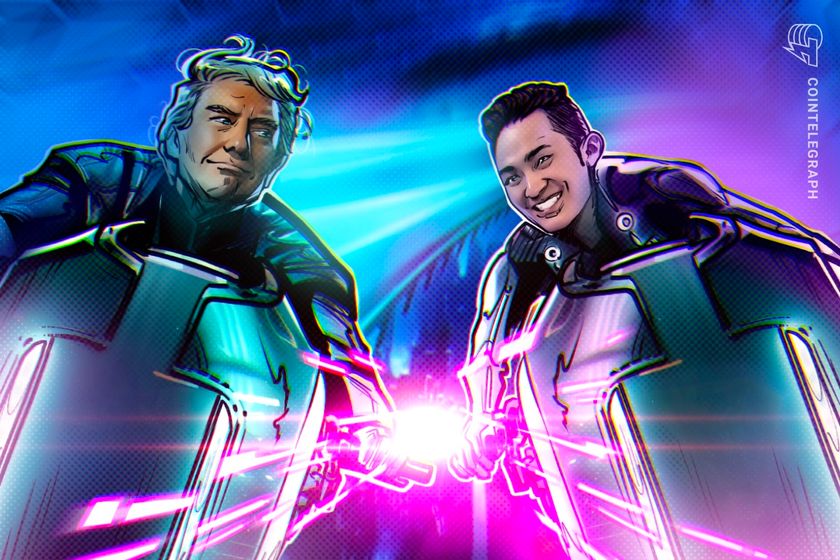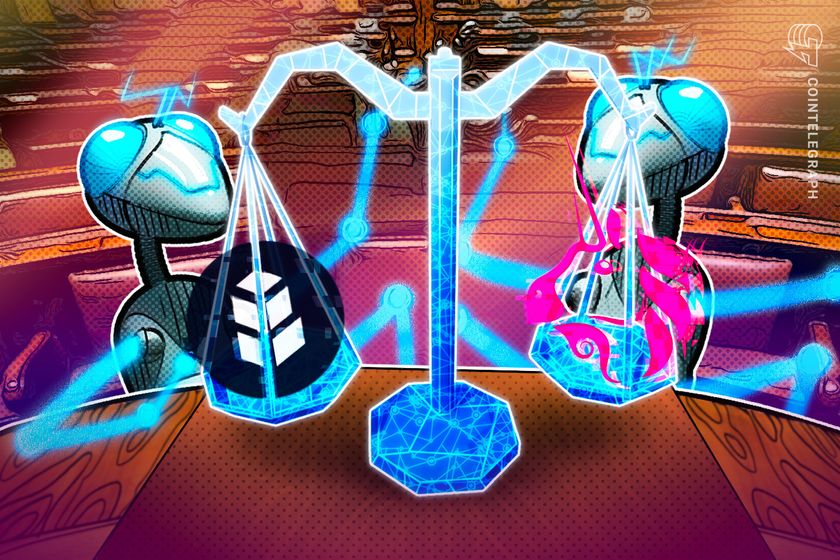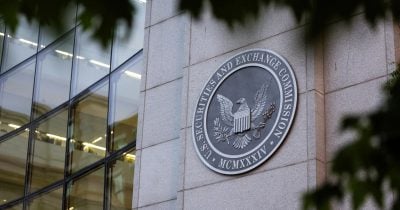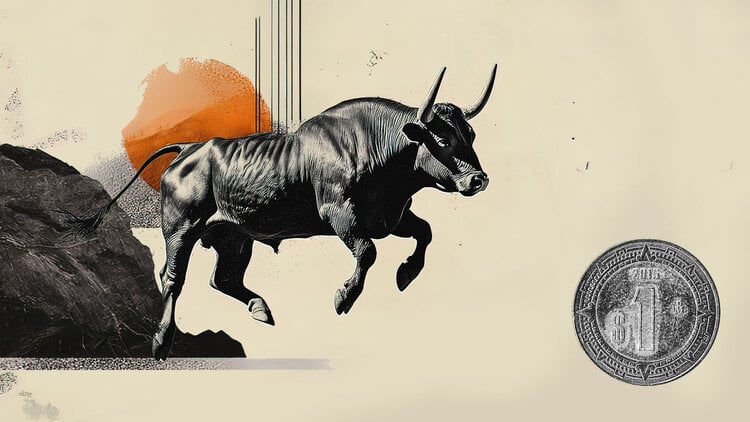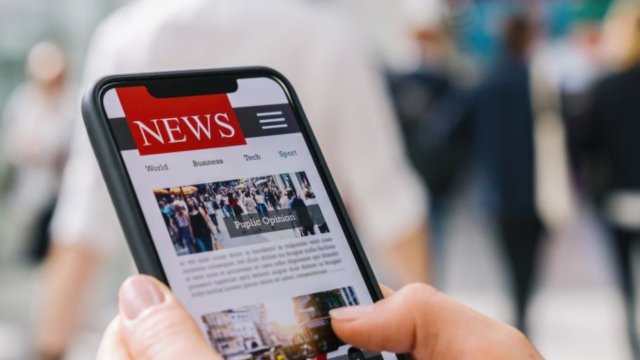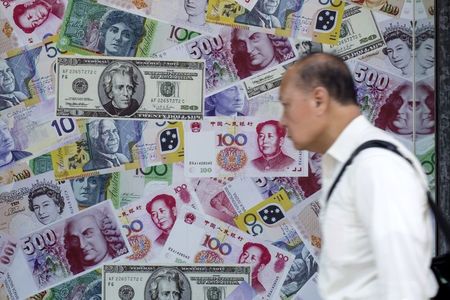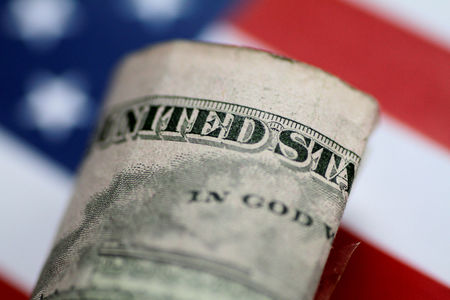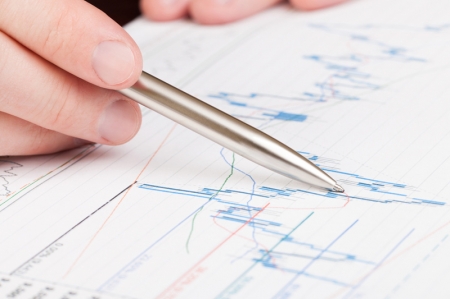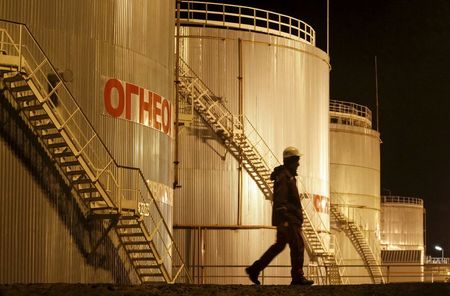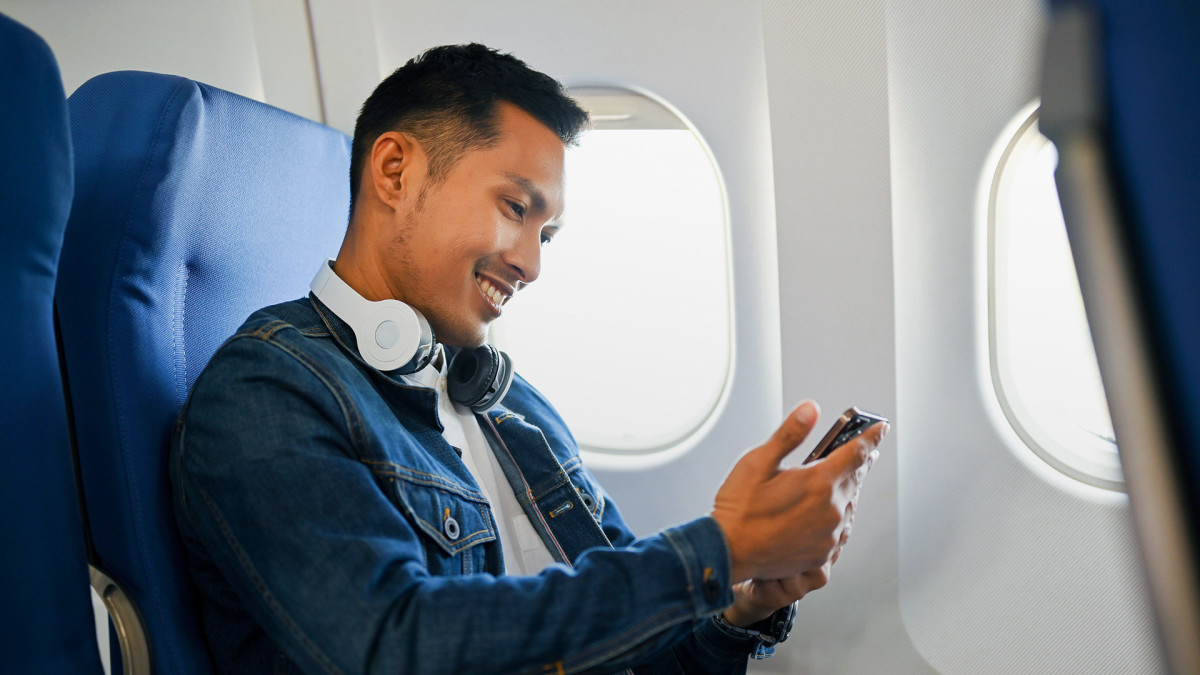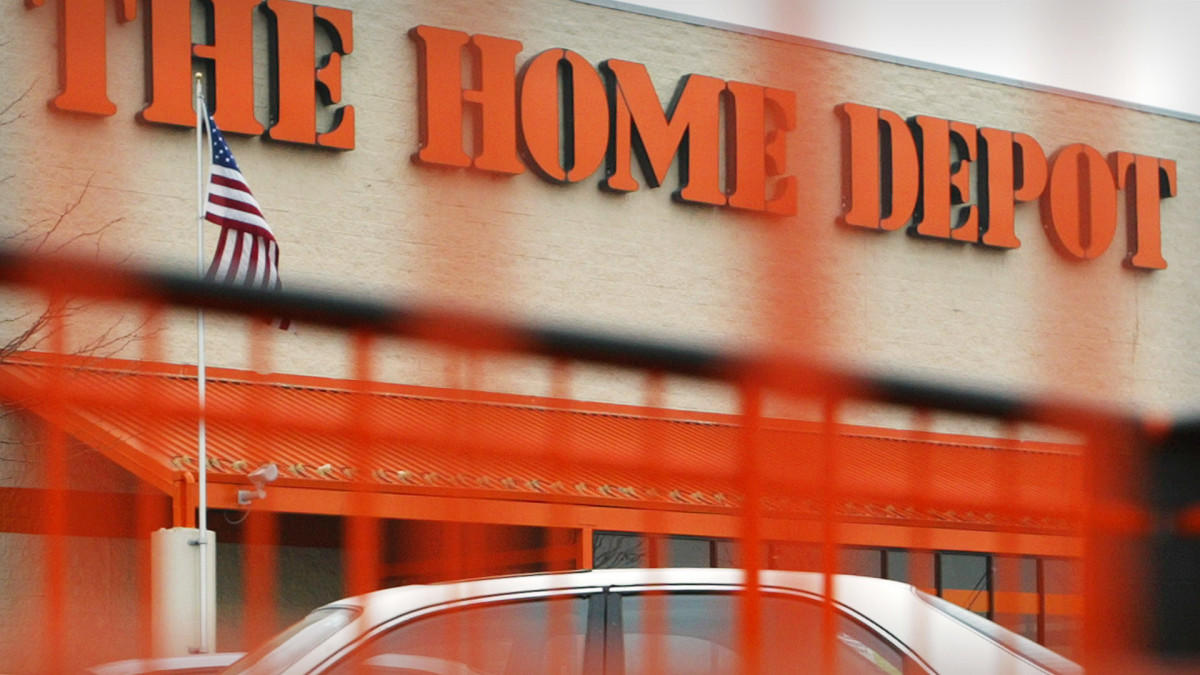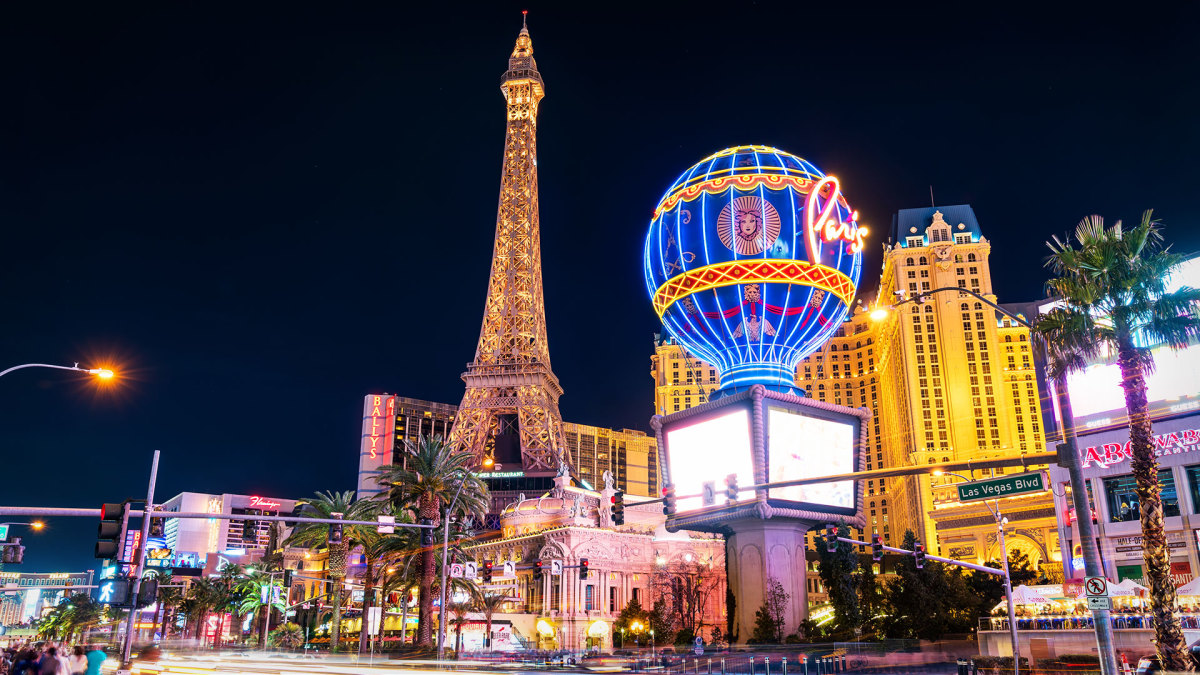The TSA just made the airport security line even worse
The federal agency that loves to pat you down says the new steps make flying safer.
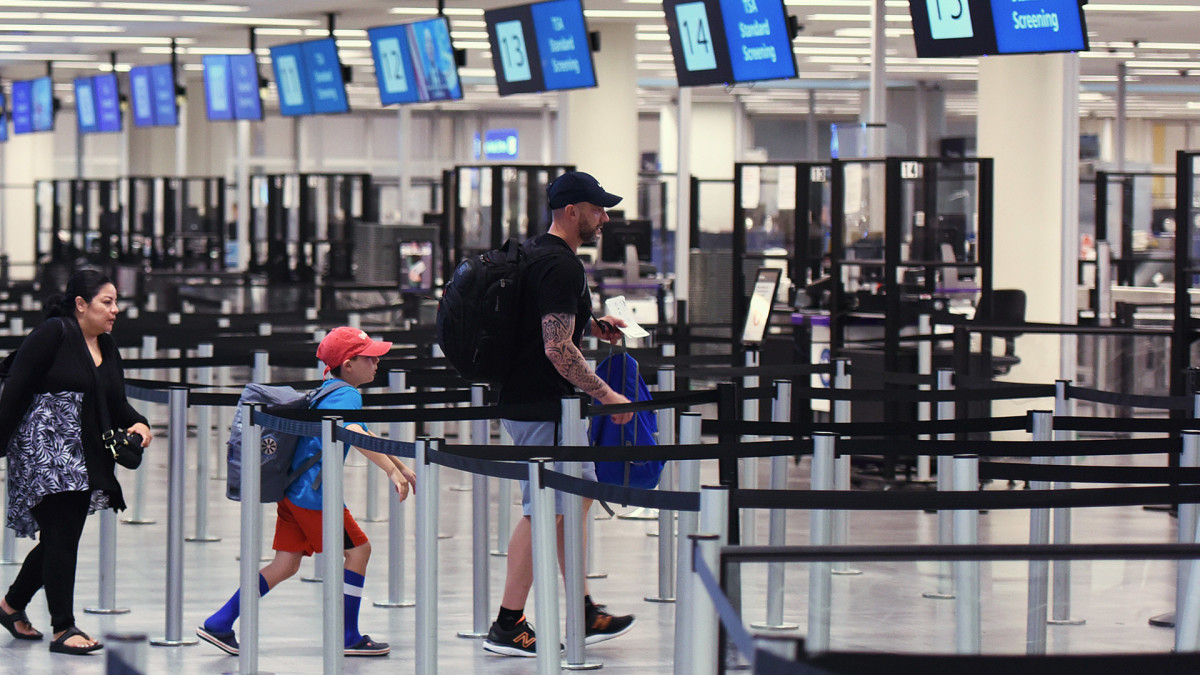
Going through airport security has always been an invasive process. In the interest of "safety," something everyone wants, federal agents have an awful lot of power.
On my recent trip from Orlando to Hartford, the experience was particularly unpleasant. After putting my carry-on through the scanner, I walked through the body scanning device.
Related: Disney World adds genius feature that improves its theme parks
An area on my inner thigh lit up and the TSA agent did an aggressive (and intimate) pat down of the area. It's easy to defend that in the interest of "safety," but it seemed excessive.
What was also surprising is that before I walked through the scanner, I presented my Real ID (a passport card) to the TSA agent at the counter and stood in front of him in order to have my picture taken.
Don't miss the move: Subscribe to TheStreet's free daily newsletter
At the time, I didn't think much of it, but in retrospect I realized that in addition to the more strict identification process, the photo was actually new.
This new process has some people up in arms over whether it's an invasion of privacy or some sort of effort to track where citizens travel. The TSA has pushed back on that notion. TheStreet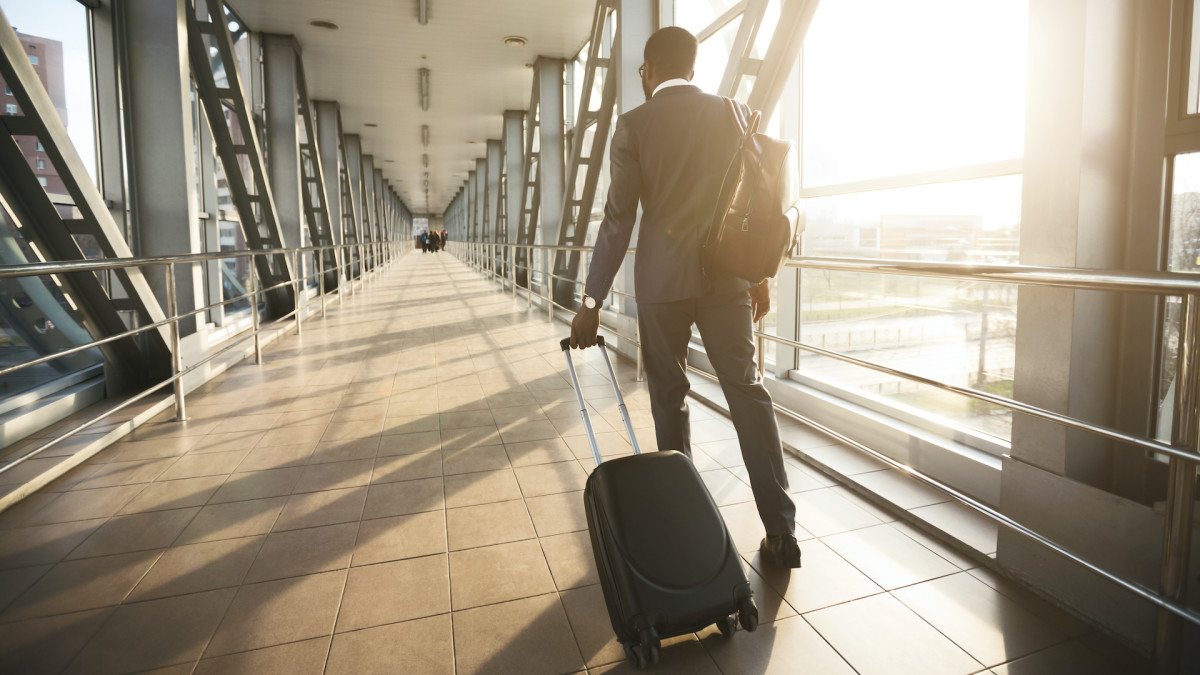
The TSA takes your picture now
The TSA has easy justification for anything it does. It can grab my groin because it's protecting the public good. It can confiscate a corkscrew it missed in my baggage dozens of times for the same reason.
Most people will put up with anything under the guise that it's keeping them safer. That's how the TSA explained the addition of the photo-taking technology when it was introduced at Lehigh Valley International Airport in Pennsylvania.
“This technology enhances detection capabilities for identifying fraudulent IDs such as driver’s licenses and passports at a checkpoint and it increases efficiency by automatically verifying a passenger’s identification,” Gerardo Spero, TSA’s federal security director for Pennsylvania and Delaware, said in the news release. “We just want to ensure that you are who you say you are.”
The new photo-taking machines are a new version of the agency's Credential Authentication Technology to verify the identity of travelers. The first generation of these units was designed to scan a traveler’s photo identification and confirm the traveler’s identity and flight details.
More on travel:
- Low-cost airline to pull all Hawaii flights amid low demand
- Government issues new travel advisory on popular beach destination
- Another country just issued a new visa requirement for visitors
The new CAT units, referred to as CAT-2, have the same capabilities but are also equipped with a camera that captures a real-time photo of the traveler.
"CAT-2 compares the traveler’s photo on the ID against the in-person, real-time photo. Once the CAT-2 confirms the match, a TSA officer verifies, and the traveler can proceed through the checkpoint, without ever exchanging a boarding pass. The photo is then deleted," according to the federal agency.
You can opt out of some airport security
Air travelers have some options when it comes to how they get screened. You can, for example, opt for a full-body pat-down if you don't want to (or can't) go through the body-scanning machine.
For people with certain joint replacements or heart conditions, that may be an easier choice.
“Credential authentication plays an important role in passenger identity verification. It improves a TSA officer’s ability to validate a traveler’s photo identification while also identifying any inconsistencies associated with fraudulent travel documents," Spero said.
The system also confirms the passenger’s flight status by verifying that the individual is ticketed to fly out of an airport on that same day.
Related: Troubled airline files bankruptcy, travelers may not get refunds
Flyers, who might not trust the federal government, don't have to have their picture taken.
"Photos captured by CAT-2 units are never stored or used for any other purpose than immediate identity verification," according to the TSA. "Travelers who do not wish to participate in the facial matching process can opt out in favor of an alternative identity verification process."
This technology is not limited to airports. It has been used in newer cruise ports as well.



